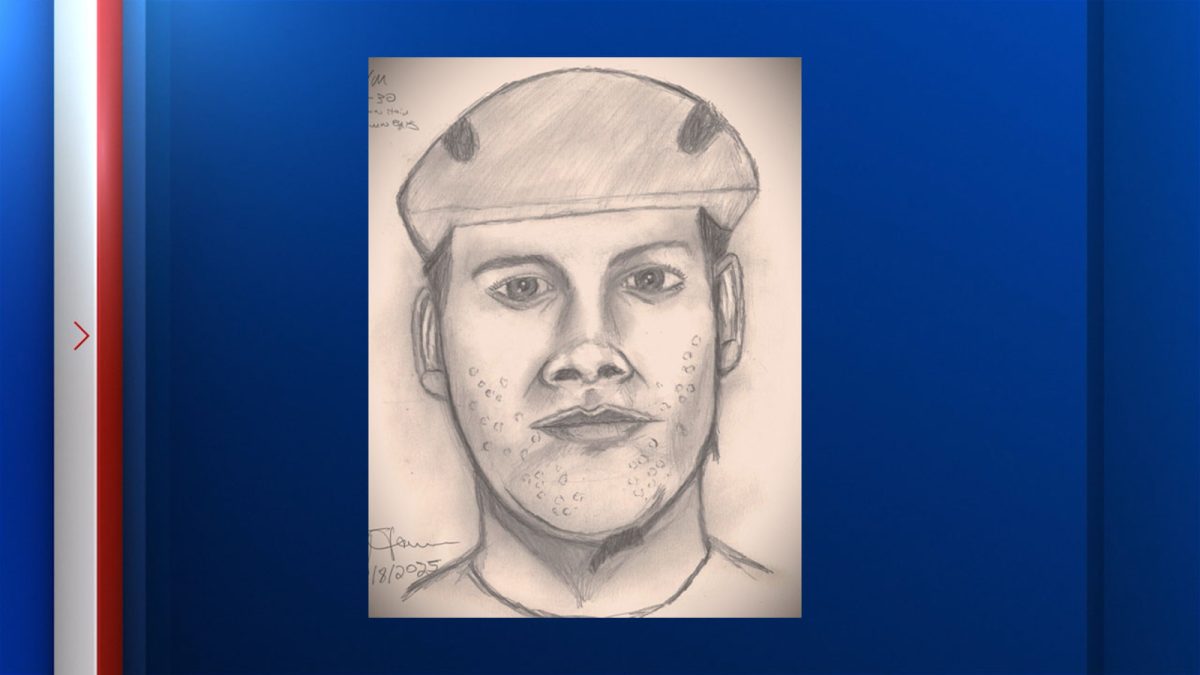Rising costs for auto insurance and vehicle ownership are driving Houston-area students away from personal cars. Instead, students are moving toward public transportation, with the Metropolitan Transit Authority of Harris County emerging as an increasingly popular alternative for young commuters.
The shift comes as Texas drivers face some of the steepest auto insurance increases in the nation, putting car ownership further out of reach for many students and their families.
Insurance costs hit hard
Texas auto insurance premiums increased significantly in 2024 alone, according to data from insurance comparison site Insurify. The increases represent a cumulative jump of more than 30% since 2022, pushing the average annual cost of full coverage to $2,505, or $209 per month.
“Those pressures aren’t going away, so most drivers should expect rates to continue rising in 2025,” said Chase Gardner, data insights manager for Insurify.
The insurance spikes have hit young drivers particularly hard. Teenagers pay the highest auto insurance rates in Texas because they’re considered high-risk drivers, with premiums often doubling for drivers under 25.
Industry analysts project auto insurance rates will continue climbing in 2025, though at a slower pace of approximately 5% compared with the double-digit increases of recent years. The moderation reflects insurers returning to profitability after several years of underwriting losses.
Gas prices provide some relief
While insurance costs soar, Houston-area drivers have found relief at the gas pump. Gasoline prices in the Houston metropolitan area declined 13.5% year over year as of April 2025, according to the U.S. Bureau of Labor Statistics.
Current gas prices in the Houston area average $2.75 per gallon, according to AAA Texas, below the national average of $3.19. Industry forecasters predict gas prices will remain relatively stable or decline slightly in 2025.
However, the savings on fuel haven’t offset the substantial increases in insurance premiums, vehicle maintenance and other ownership costs that continue to pressure household budgets.
METRO system shows strong recovery
METRO reports robust ridership recovery following pandemic-related declines. In 2024, the combined METRO system achieved 76.8 million total riders, with about 252,300 weekday riders as of the second quarter of 2025.
The bus system alone recorded 61 million riders in 2024, averaging about 203,200 weekday passengers. METRORail carried 13.5 million passengers in 2024, with about 42,000 weekday riders, ranking as the second most-traveled light rail system in the Southern United States.
METRO operates 22.7 miles of light rail service across three lines serving major destinations including downtown Houston, the Texas Medical Center, universities and sports venues.
While ridership has recovered significantly, totals remain below pre-pandemic levels. In 2019, combined METRO services recorded more than 85 million annual boardings before COVID-19 disrupted transportation patterns.
Broader economic pressures
The transportation cost pressures extend beyond insurance and fuel. Texas has the second-highest auto theft rate in the United States, with vehicle theft rising 10% between 2022 and 2023, according to the National Insurance Crime Bureau. Higher theft rates contribute to increased comprehensive insurance premiums.
Extreme weather events also drive up costs. Houston ranks among the top three metropolitan areas at highest risk for storms and hurricanes, according to the Insurance Information Institute. Texas had more hurricanes than any other state in 2024, leading to increased comprehensive insurance claims for weather-damaged vehicles.
Rising costs for vehicle repairs, driven by inflation and increasingly sophisticated automotive technology, continue pressuring insurance rates. Modern vehicles equipped with cameras, sensors and automated driving features require specialized repairs that cost significantly more than traditional mechanical work.
METRO invests in improvements
METRO has responded to growing demand with its METRONow initiative, investing $33.6 million in operating improvements and $173.8 million in capital enhancements focused on customer experience, safety and reliability.
The improvements include adding 33 new police officers, implementing cleaning inspections and working to improve on-time performance from 70% to 100%. METRO also plans to add 280 new buses, with 70 vehicles expected on the road by February and the remaining 210 by December 2025.
“We want to make sure METRO is the first option our community chooses for its transportation needs,” officials said in announcing the initiative.
Safety concerns impact ridership
Despite the financial advantages driving student adoption, METRO continues to grapple with safety and cleanliness issues that deter many college-age and adult riders from choosing public transit. METRO reports fluctuating crime statistics, with 90 to 130 major incidents monthly across the system, though most occur at bus stops rather than on rail lines. High-profile incidents, including a fatal stabbing on METRORail in early 2024, have heightened public concerns about transit safety.
METRO board members acknowledge that transit centers are sometimes “surrounded by trash, narcotics activity, as well as the smell of urine,” with some locations functioning “more as a last stop for behavioral health and homeless shelter” than transportation hubs.
Officials recognize that “when you do not feel safe, you will not ride METRO,” leading to the METRONow initiative’s $7 million investment in expanded security measures, including additional officers, substations and improved lighting.” The transit authority has also launched specialized teams to address homelessness along routes and installed permanent safety barriers between bus drivers and passengers to improve overall system security.
The agency has also enhanced security measures, as METRO police have resumed riding buses to improve passenger safety.
Looking ahead
As transportation costs continue to pressure household budgets, young Houstonians increasingly view public transit not as a last resort but as a financially smart decision that provides reliable access to education, employment and community engagement.
The trend suggests a generational shift in transportation preferences, with cost-conscious students leading the way toward greater public transit adoption in America’s fourth-largest city.







